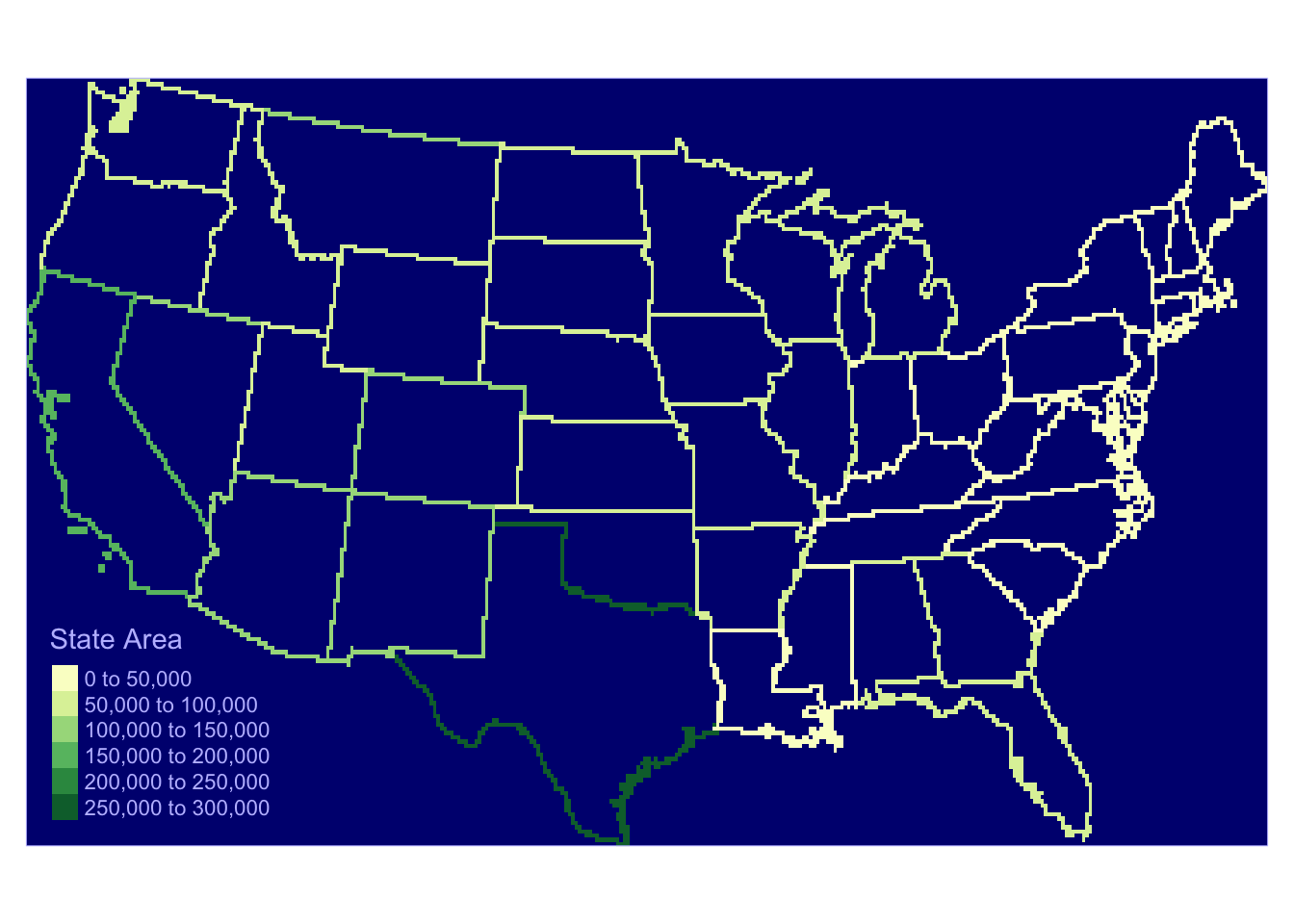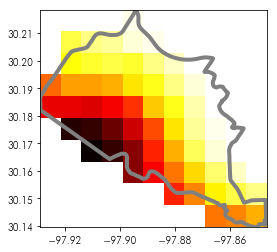

It compression methods improve quality and compression ratios. This format offers both lossy and lossless storage. One drawback of using JPEG is that it does not support transparency on the web. One fact that most designers do not know is that JPEG/JPG file also can take on many add-ons, like Clipping Paths, EXIF, Meta Data, and more. It cannot regain its original quality if it undergoes editing several times. For medical and scientific imaging data creation, this format is not suitable as the JPEG format is a lossy compression method. Such a reduced image data and compressed image format are useful for responsive presentation on the web though it is not usable for drawing and iconic graphics which need to be enlarged. A JPEG image is easily editable or compressible, but once you edit a high-quality jpeg image, you cannot regain that quality again by reversing.Īnyway, the compression benefit has made JPEG images more popular than other image formats.


The compression degree of JPEG image can be adjusted and typically, it gains 10:1 compression and you can feel the loss of quality in the image. JPEG is the most common image format on the World Wide Web and most digital cameras produce built-in JPEG images. This is because the pixels become visible when an image has been blown up too much. The main downside of raster images is that they can’t be enlarged without losing quality. They can also be used for simple type-based graphics and logo designs. Raster files are best for digital art such as photos, illustrations, and more complex graphics like digital paintings or drawings. This color value can be an index into a specified color table or the actual color value. Each pixel represents a specific color and is assigned a number that indicates its color value. What Is a Raster FileĪ raster file is a grid of colored squares called pixels. They were created to use for different purposes and they have some advantages regarding using platform variation. Each image file type has its own details and different extensions. The images of the raster category are used for simple to complex purposes. That’s why we wanted to highlight raster images first and then cover vector image formats throughout history. In the history of images, raster images came first. While vector images contain vector lines, fills, and patterns that can be dynamically stretched without losing resolution and are not limited to pixels. Raster images can be low to high-quality images containing pixels. When you talk about pixels, you really are talking about raster images.


 0 kommentar(er)
0 kommentar(er)
